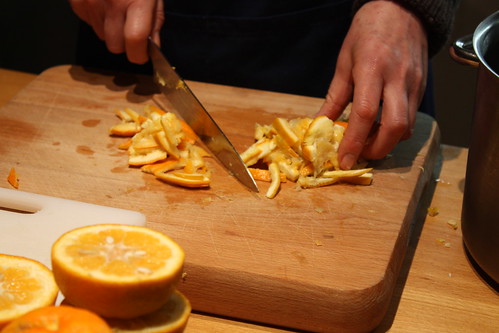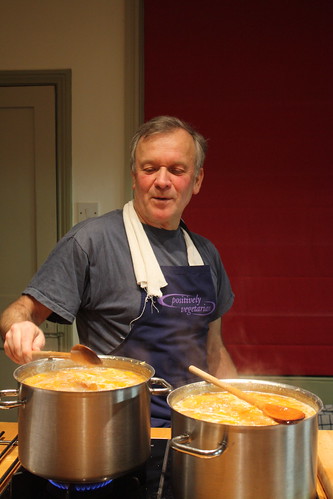5 Tips for Making Perfect Marmalade

I have fond memories of my family's ritual of making orange marmalade in January during Seville orange season, which lasts for just a precious few weeks. If you've never tried making your own marmalade, I really encourage you to give it a go. The result will taste much better than store-bought, and you'll have the pride of mastering a new skill. It might even become a tradition for you as well!
So what's the secret to great marmalade?
1. Pick the best oranges
Seville oranges, so called because they are grown near Seville in southern Spain, are very seasonal. They are available only for a few weeks up to the beginning of February. Don't bite into one like a sweet orange! They are very bitter, and marmalade has this bitterness to thank for its notable flavour.
You can buy Seville oranges from greengrocers and supermarkets. It's best to buy them where you can select your own. Don't be tempted to buy boxes of Sevilles, no matter how pretty they look! You might end up with some duds. Feel each orange to make sure that it's firm, thin skinned, evenly coloured and with no bad bits. You are best off with small, heavy thin-skinned oranges. Discard big puffy light-weight 'blown' oranges as you will end up with lots of pith and not much juice. Buy organic if the quality is good.
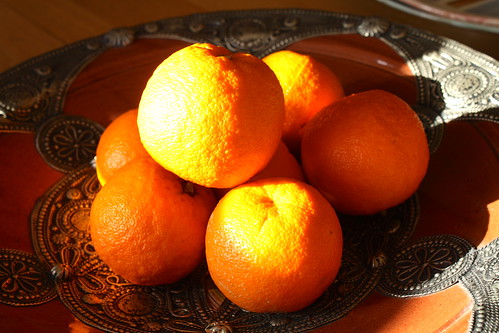
2. Choose the right time
Marmalade making is a once a year treat, so set aside a winter afternoon or early evening. You don’t want to be waiting for the marmalade to set past midnight on a week night. The process will be much more fulfilling if you are feeling relaxed, so put on some good winter music, make yourself a cuppa, and enjoy this seasonal ritual.
You will also feel more relaxed if you have your jars all washed in advance. You don’t want to be struggling with scraping off old labels while your marmalade is bubbling away.
3. Master your techniques
Over the years I have learned a few simple techniques to make the marmalade process quite a bit easier:
- Over the years I have learned a few simple techniques to make the marmalade process quite a bit easier:
- Slice your peel with a sharp knife. If your knife is blunt it will be a frustratingly slow business.
- Before adding the sugar, make sure you simmer the peel until it’s really soft. Don’t skimp on this stage! When you add the sugar, the peel will stop softening.
- The gelling process continues as the jam cools in the jars, even over the first few weeks of storage. This is why it is best to stop boiling immediately after you detect clear wrinkling with your setting test. For more information about the setting test see our basic recipe for Seville orange marmalade.
- When you have reached setting point, turn off the heat and leave the marmalade to cool slightly for 10 minutes before bottling.
- It sounds obvious, but do remember to use your most reliable oven gloves when pouring hot marmalade into a hot jar.
- A couple of tools can help with the jar-handling business: consider investing in a wide-mouth funnel to make pouring into jam jars easier.
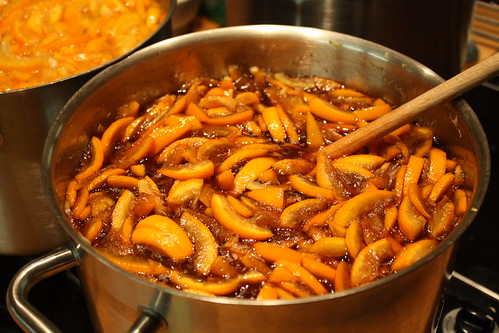
4. Try new things
Once you have a basic marmalade down, there are some interesting variations to try:
- For a dark marmalade use half Muscovado and half white sugar. (Using 100% Muscovado is too dark and strong.)
- Try adding ingredients such as crystallized ginger, cardamom, coriander, etc. Use your imagination!
- Label your jars with the name, added ingredients, and the date. It's fun to keep a few from each vintage to compare and contrast later.
- Use your marmalade in a dessert, such as Seville Orange and Almond Cake with Marmalade and Orange Flower Cream.
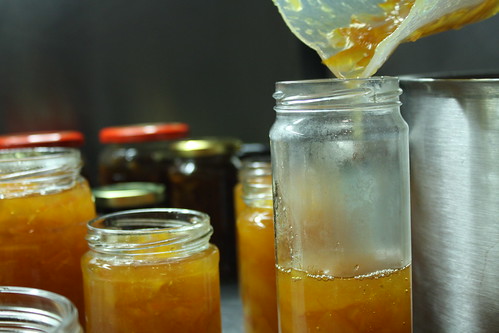
5. Consult with the experts
By making our own marmalade you are entering a community of people who are passionate about this seasonal endeavor. It's always interesting to get tips from other marmalade masters. You could start with us, of course, and our own our basic Seville Orange Marmalade recipe. For more hands-on help (and a fun way to interact with other marmalade fans like you), check out future Marmalade Making classes taught by marmalade expert Christopher Robbins.
There are loads of great marmalade resources out there; here are a few of our favourites:
- For the ultimate in marmalade, attend The World's Original Marmalade Awards, 19th & 20th March 2016. And when you're ready, enter your own creations!
- Dan Lepard is an expert judge at the Marmalade Awards, and he has some great tips and recipes.
- Gloria Nicol is a real preserving guru. Check out her recipe for blood orange and rhubarb marmalade!
- Kitchen Garden offers some really interesting recipes like orange and cranberry marmalade.
- Rob Wicks has a brilliant 15 second video that will make this all seem like a breeze!
We genuinely would love to hear about your top marmalade tips
and see photos of your successes.
You can leave a comment below or chat with us on Facebook or Twitter.

